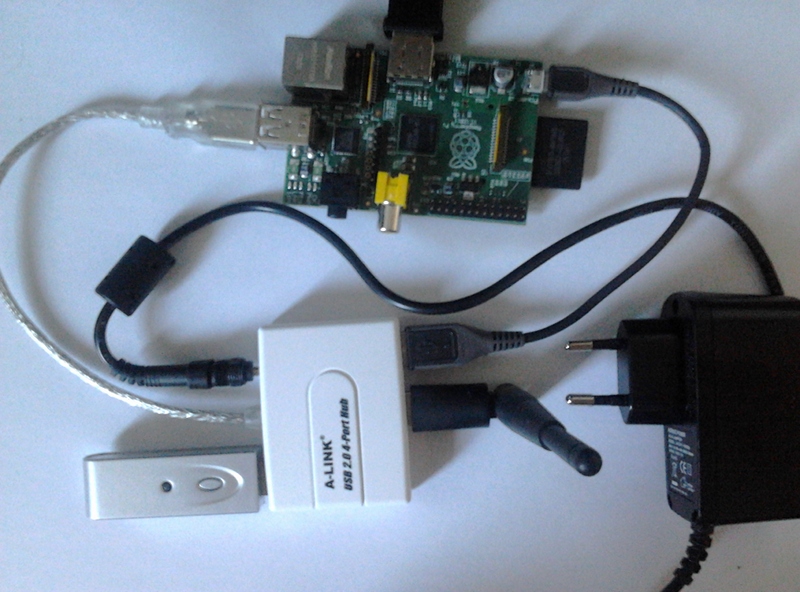
So, the DNS requests go from my clients to Google WiFi, and then from there two one of my RPis, and then from there (through HTTPS) to Google's DNS server on the internet (or one of the backups).Įdit to add: What this does mean is your DNS server can't tell what the source of any particular DNS request actually was, since they are all coming from 192.168.86.1 at that point. Problem is, both services use port 53 and I cannot see an option in either to change their port. I could specify nxfilter as the upstream dns server for pi-hole or vice versa. Featuring a quad-core 64-bit processor, 4GB of RAM, wireless networking, dual-display output, and 4K video playback, as well as a 40-pin GPIO header, its the most powerful and easy-to-use Raspberry Pi computer yet. Given I have a raspberry pi 4 with Raspbian Buster, I would like to combine pi-hole (for adblocking) and nxfilter (for parental controls).

Those RPi units on my internal network are configured in my Google WiFi as the primary and secondary DNS servers, but then they are each configured to resolve through HTTPS via Google, Cloudflare, or Quad9 DNS. Raspberry Pi 400 is your complete personal computer, built into a compact keyboard. This also caches domain names, speeding up name lookup of frequently used sites. I use this setup to get all of my DNS traffic tunneled through DNS-over-HTTPS by running a couple of Raspberry Pi units with "cloudflared" installed. NxFilter combines a light-weight DNS filter and a local web proxy filtering. If you are up to it I would advice to take a fresh raspbian stretch image. What will happen is all of the clients will still be configured to use the primary Google WiFi unit (typically 192.168.86.1) as the DNS server, but all of the requests that get sent there will then be forwarded to whatever DNS server(s) you have configured. As you are new to raspberry and unix you may have a high learning cave. Hello may not look like it, but it's actually working.


 0 kommentar(er)
0 kommentar(er)
